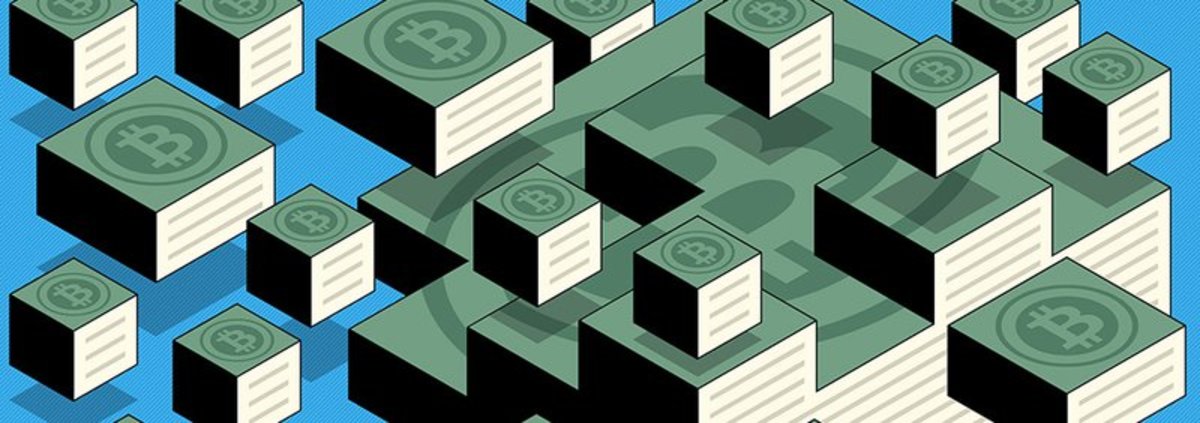
BitPay, one of the top funded companies and most-used payment processor in the Bitcoin industry, is open to alternative block-size proposals – not just BIP (Bitcoin Improvement Proposal) 101.
Speaking to Bitcoin Magazine, CEO Stephen Pair reaffirmed that BitPay will adopt code to increase Bitcoin's block-size limit by December of this year, but said this no longer needs to be the proposal as implemented in alternative Bitcoin implementation Bitcoin XT.
BIP 101 is programmed to increase the block-size limit to 8 megabytes, then doubling every other year for the next 20 years. This proposal was publicly endorsed through an open letter from some of the leading Bitcoin companies in the space last summer.
BitPay, Blockchain(.info), Circle, KnCMiner, Bitnet, Xapo, BitGo and itBit vowed to adopt BIP 101 and ready their code for bigger blocks by December. Additionally, Coinbase CEO Brian Armstrong made a similar statement on Twitter earlier this week.
But when asked by Bitcoin Magazine, Pair indicated that BIP 101 is no longer the only option for the leading payment processor in the Bitcoin space. The BitPay CEO explained that alternative proposals will be considered as well.
“In December we will adopt the leading candidate solution, which right now is BIP 101, but that could change. This will hopefully help drive consensus,” Pair said.
As one possible alternative, Pair referred to a
Strongly agree. My suggestion 2MB now, then 4MB in 2 years and 8MB in 4years then re-asses. (Similar to BIP 102) https://t.co/1VjeF0SRP0
— Adam Back (@adam3us) August 26, 2015
" target="_blank">temporary solution that would increase the maximum blocks size to 8 MB over a four-year period:
“[Blockstream president] Adam Back made a proposal that is essentially the same as BIP 101, but has a less steep curve that doesn't stretch as far into the future. I prefer that proposal over BIP 101, but I'm not sure it will be ready by December.”
Drawing from his experience in the telecom industry, Pair sees a lot of opportunity to improve Bitcoin's efficiency and scalability by reducing resource usage. This would, in turn, decrease the risk of bigger blocks, which is why Pair believes an increase of the block-size limit is the best way forward.
“Either extreme on block size puts Bitcoin at risk. But I don't believe that a moderately larger block size will result in centralization because people can no longer afford to run full nodes,” Pair said.
“At the same time, a block size that is too small would result in fewer people being able to afford transactions. If only a few people use bitcoin for transactions, those people will eventually realize that they could conduct those transactions much more cheaply by compromising on decentralization.”
The Bitcoin community has been arguing if, when, and how to increase the maximum block size in order to allow for more transactions on the network for several years. The debate reached a climax in August of this year, when former Bitcoin Core lead developer Gavin Andresen and Bitcoinj developer Mike Hearn implemented BIP 101 in alternative Bitcoin implementation Bitcoin XT. Bitcoin XT has so far not garnered the required 75 percent hash-rate support among miners in order to activate, however.
While this makes an ecosystemwide adoption of Bitcoin XT seem unlikely, Pair did make it very clear that the maximum block size should be increased by December somehow.
“From our vantage point, we are quickly running out of time,” Pair said. “Bitcoin is at all-time highs regarding transaction volume, and BitPay has been setting new monthly transaction volume records every month for the last six months. We are starting to see Bitcoin used to solve very boring problems by people who could care less whether it's bitcoin or not. This to me is an early indicator that a tipping point is near. Hopefully, we find a consensus that doesn't put Bitcoin's lead as the most secure and liquid payment medium in jeopardy.”
Another proposal that has been gaining in popularity, and that was drafted by Bitcoin Core developer and BitPay employee Jeff Garzik, is BIP 100. BIP 100 would allow miners to collectively vote on the block-size limit, and is currently publicly endorsed by 60 percent of all hashing power on the Bitcoin network.
Although the proposal was drafted by one of his employees (but not on behalf of his company), Pair is not convinced BIP 100 is the best way forward.
“I like the idea of a formalized consensus regarding the block-size limit built into the protocol, much like consensus regarding difficulty,” he said. “But I would have done it a bit differently than BIP 100. I also favor simplicity over complexity. Complex rules and processes bring additional risk. While there might be a debate about BIP 101's growth curve, it is a much simpler solution than BIP 100. In my opinion BIP 100 is too risky, and support or lack thereof from the mining community won't change that view."










